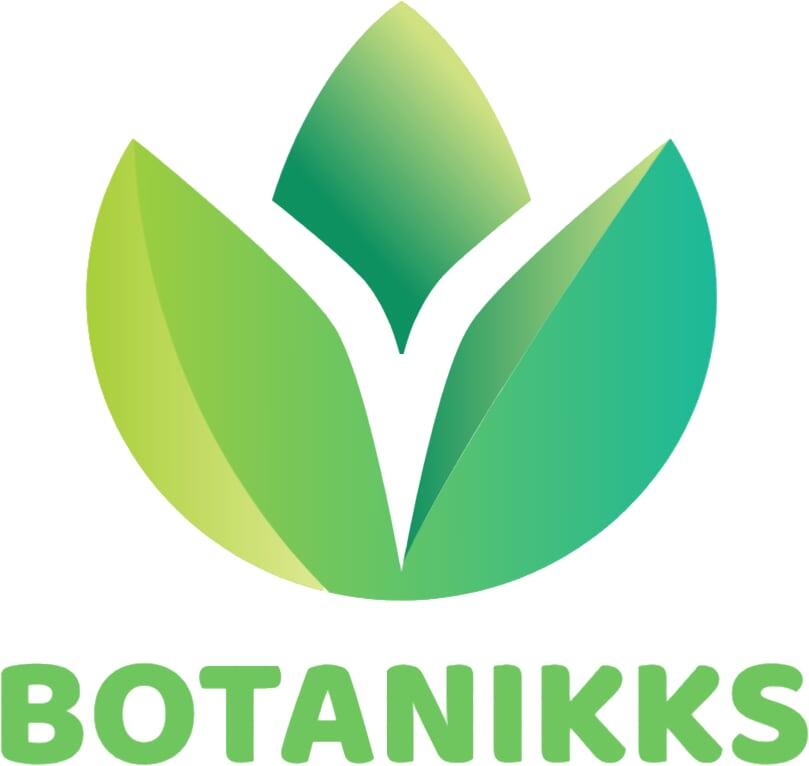Overview
Leptormus caledonicus Eckl. & Zeyh. is a flowering plant species that belongs to the family Acanthaceae and is native to Africa.
Common Names
This plant is commonly known by the following names:
- Leptormus
- Caledonian leptormus
Appearance
The Leptormus caledonicus Eckl. & Zeyh. plant is a herbaceous perennial that grows up to 60 cm tall. It has an upright form, with multiple basal shoots and is covered in fine white hairs. The leaves are small, lance-shaped, and oppositely arranged. The flowers are significant, orange to yellowish in color with an unusual shape that resembles a curved, elongated tube.
Uses
Leptormus caledonicus Eckl. & Zeyh. does not have a significant economic value, but the plant has medicinal purposes. The plant extract is known for its diuretic, laxative, and antipyretic properties. It is also used in traditional medicine as an anti-inflammatory and an analgesic. Additionally, the plant is rather attractive and could be grown as an ornamental plant to add interest to a garden bed.
Growth Conditions for Leptormus caledonicus Eckl. & Zeyh.
Leptormus caledonicus Eckl. & Zeyh. is a flowering plant that typically grows in rocky areas and along streambanks. In order to promote healthy growth, it is important to consider the following growth conditions:
Light Requirements
Leptormus caledonicus Eckl. & Zeyh. requires full sun to partial shade. It will not grow well in areas with low light levels or complete shade. Therefore, it is important to plant it in an area where it will receive adequate sunlight.
Temperature Requirements
Leptormus caledonicus Eckl. & Zeyh. thrives in warm to hot temperatures. It can tolerate cool weather, but it may not produce flowers or grow at an optimal rate. Therefore, it is important to plant it in an area with a consistent temperature range of 60-80 degrees Fahrenheit.
Soil Requirements
Leptormus caledonicus Eckl. & Zeyh. requires well-draining soil with a neutral to acidic pH level. It cannot tolerate waterlogged soil, as this can lead to root rot and other diseases. Therefore, it is important to plant it in an area with good drainage and to avoid overwatering it.
Cultivation Methods
The plant Leptormus caledonicus Eckl. & Zeyh. is best grown from seeds. The soil should be well-draining, and a combination of sand, peat moss, and loamy soil is ideal. The seeds should be sown in moistened soil, and the pots should be placed in a bright, warm spot for germination. The plant requires full sun exposure, and it can tolerate partial shade.
Watering Needs
When it comes to watering Leptormus caledonicus Eckl. & Zeyh., it's important to find the right balance. The plant prefers moist soil, and it should not be allowed to dry out completely. However, overwatering can cause root rot, so the soil should be allowed to dry slightly between each watering. As a general guideline, the plant will require watering once or twice per week, depending on the weather and humidity levels.
Fertilization
Leptormus caledonicus Eckl. & Zeyh. benefits from regular fertilization during the growing season. A slow-release fertilizer applied every three months will provide the necessary nutrients for healthy growth. The plant is sensitive to high levels of nitrogen, so it's recommended to use a fertilizer with a balanced NPK ratio.
Pruning
Pruning Leptormus caledonicus Eckl. & Zeyh. is not a requirement for healthy growth, but it can promote bushy, compact growth and improve the appearance of the plant. The best time to prune is in early spring, just before the growing season begins. Use clean, sharp pruning shears to trim off any dead or damaged branches, and pinch back the growth tips to encourage branching. Avoid over-pruning, as this can stress the plant and harm its growth.
Propagation of Leptormus caledonicus Eckl. & Zeyh. Plant
The Leptormus caledonicus Eckl. & Zeyh. plant can be propagated through different methods that include:
1. Seed Propagation
The seeds of Leptormus caledonicus Eckl. & Zeyh. plant can be collected from the matured fruits. The collected seeds should be fresh, healthy, and matured for better germination and growth. The seeds can be sown in well-draining soil mixed with sand or perlite. They should be covered lightly with soil and kept moist. The seedlings will emerge after a few weeks, and once they have matured, they can be transplanted to their final position.
2. Stem Cutting Propagation
Stem cuttings of Leptormus caledonicus Eckl. & Zeyh. plant can be propagated in the growing season. Cut the stems that are healthy and disease-free and about 5-7 cm in length. Remove the leaves from the bottom part of the cutting and dip it into a rooting hormone. Then, plant the cutting in a well-draining potting mix and keep it moist until the new roots have formed. Once the roots have developed, the cutting can be transplanted to its final position.
3. Division Propagation
Division propagation can be done for the matured Leptormus caledonicus Eckl. & Zeyh. plant. Carefully remove the plant from its pot or ground and divide the plant into two or more sections using a sharp and sterilized tool. Each section should have enough roots and stems. Replant the sections immediately in their desired location, keeping them well-watered until new growth has appeared.
Disease and Pest Management for Leptormus Caledonicus Eckl. & Zeyh.
Leptormus caledonicus Eckl. & Zeyh., also known as the Cape Myrtle, is a South African native plant that is grown as an ornamental and medicinal plant. The plant is generally not susceptible to many diseases and pest problems, but it can occasionally suffer from certain pests and diseases that can affect its overall health and productivity.
Common Diseases Affecting Leptormus Caledonicus Eckl. & Zeyh.
One of the common diseases that can affect Leptormus caledonicus Eckl. & Zeyh. is root rot caused by fungal infections. This disease can cause wilting, yellowing of leaves, and, in severe cases, the death of the plant. To manage this disease, it is recommended to avoid over-watering the plant and ensure proper soil drainage. Additionally, infected plants must be removed immediately to prevent the spread of the disease.
Another disease that can affect the plant is powdery mildew characterized by powdery white spots on leaves. This disease is caused by fungal infection and can be managed by removing infected parts and washing the plant with a solution of water and baking soda. Additionally, it is recommended to avoid overcrowding of plants as it can promote the growth of powdery mildew.
Common Pests Affecting Leptormus Caledonicus Eckl. & Zeyh.
Leptormus caledonicus Eckl. & Zeyh. can also suffer from pest problems. One of the common pests that can attack the plant is spider mites, which can cause yellowing of leaves and stunted growth. To manage this pest problem, it is recommended to wash the plant with water frequently and remove infected parts. Additionally, insecticidal soap can also be used for effective management of spider mites.
Another pest that can attack the plant is scale insects, which can appear as brown spots on leaves. This pest can be managed by removing infected parts and washing the plant with water and soap. Additionally, a systemic insecticide can also be used for effective management of scale insects.
Overall, managing pests and diseases infestation for Leptormus caledonicus Eckl. & Zeyh. requires proper care and maintenance of the plant. Additionally, early detection of pest and disease infestation and timely management is critical for maintaining the productivity and health of the plant.

